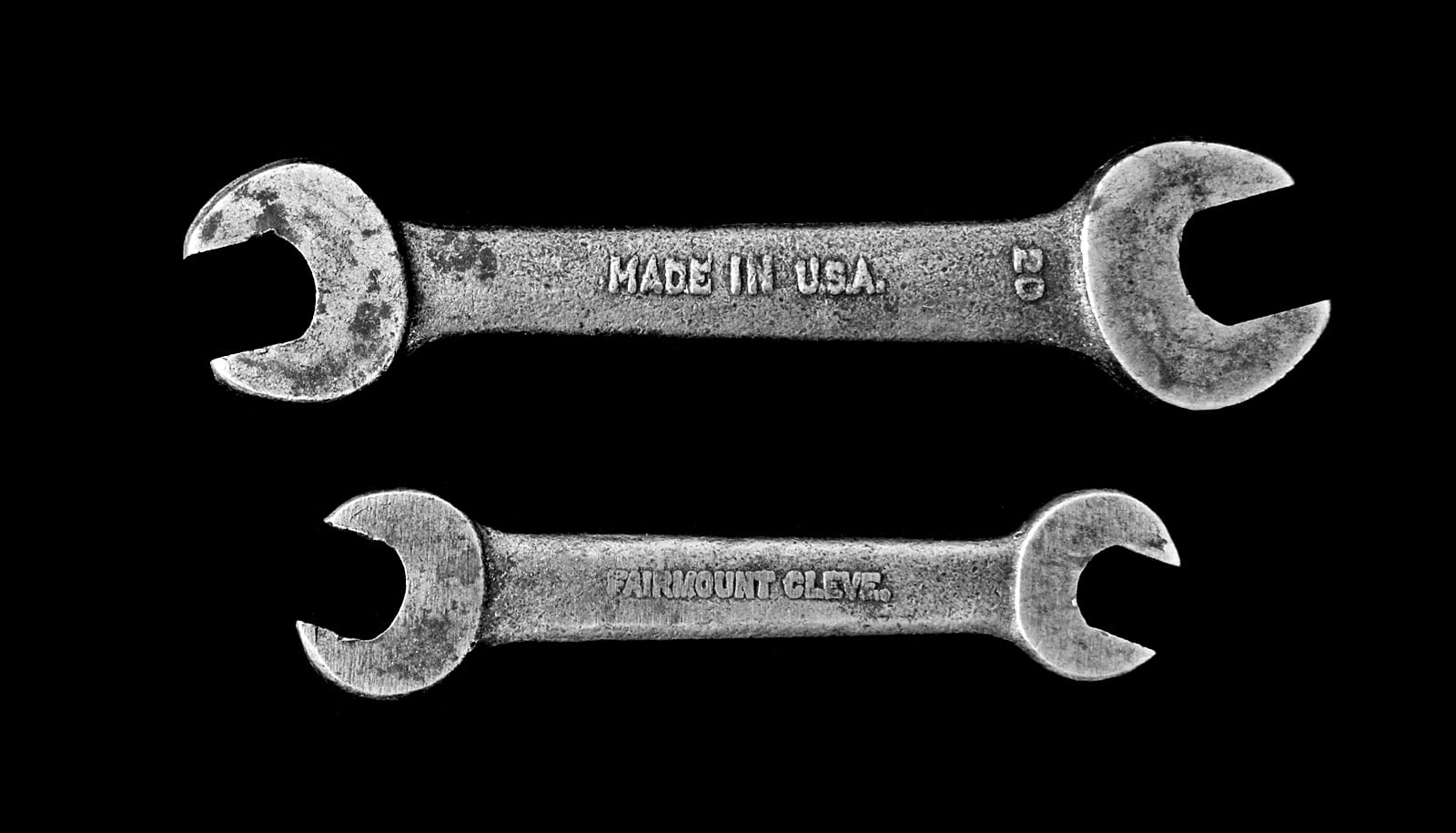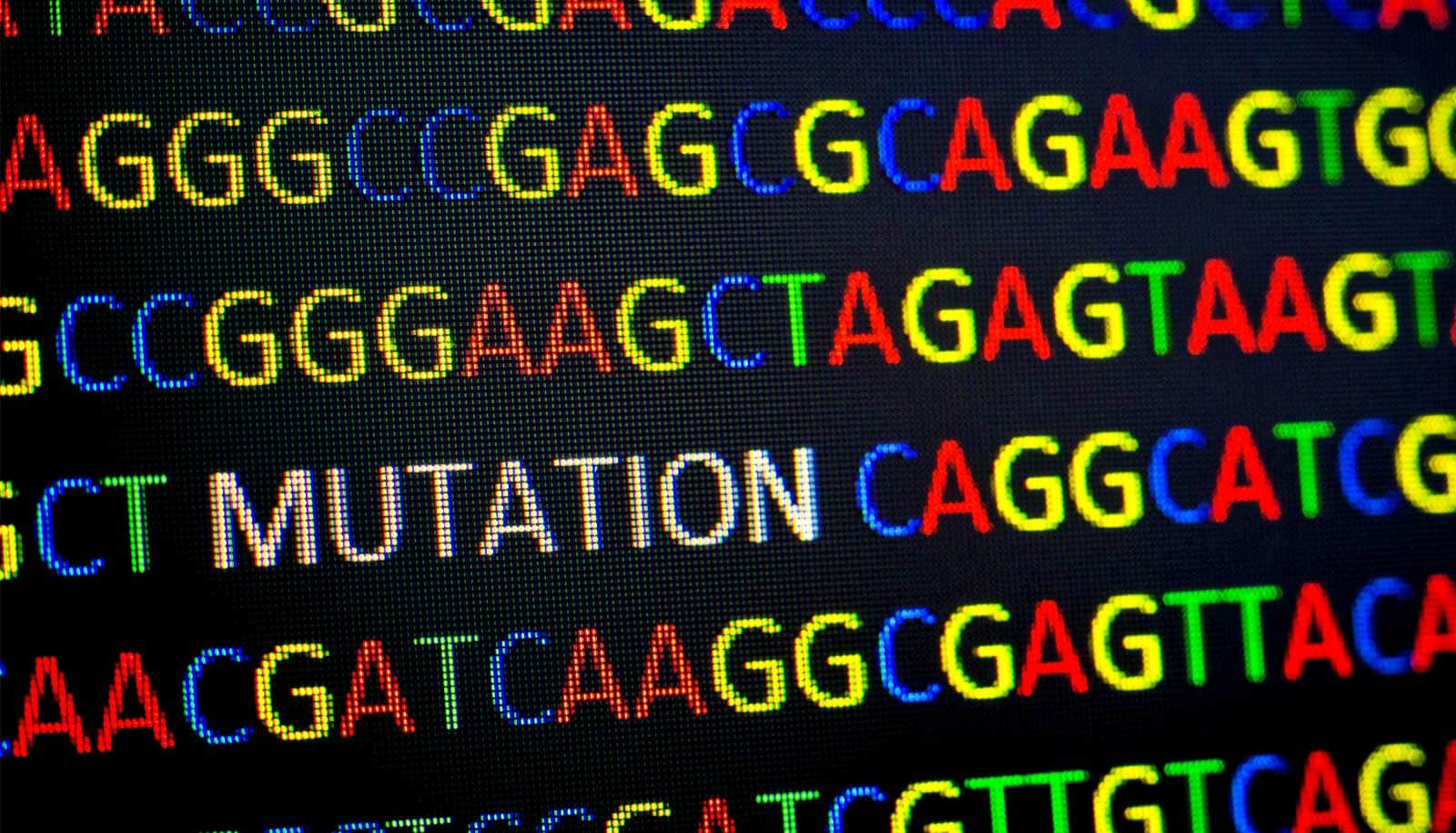New research digs into the question of how DNA repair works in reproductive cells like sperm and eggs during development.
DNA damage occurs dozens or even hundreds of times within each individual developing sperm or egg cell, and the process occurs in organisms ranging from yeast cells to humans.
“The DNA repair pathway we studied is effectively perfect, in that it is able to resolve damage with no sign that there was ever damage there in the first place,” says lead author Erik Toraason, a doctoral candidate in molecular biology at the University of Oregon.
“Our research illuminates this seemingly invisible process and helps us better understand what particular proteins are doing in terms of preserving genome integrity.”
He says the proteins they are studying in worms are also in humans, and mutations in those kinds of genes can have serious consequences.
The consequences of unrepaired breaks can include a group of genetic disorders called chromosomal breakage syndrome and other diseases. The research could someday inform treatment of cancer, infertility, and complications due to aging.
The repair pathway that is the focus of the study occurs during meiosis, the process that ensures developing eggs and sperm contain the correct number of chromosomes. The pathway is difficult to study because it leaves no noticeable changes in the DNA as an indicator that it ever happened, Toraason says.
Using genetic tools, researchers developed an assay—an investigative procedure to measure activity—to generate and detect the repair of double-strand DNA breaks in C. elegans roundworms. Not only were investigators able to visualize the “invisible” repair events but they could also examine individual interactions of DNA molecules using sequencing analysis.
“This powerful assay enables us to detect when and how DNA breaks are repaired in developing eggs, and importantly, we can now actually start to figure out the mechanisms of these DNA repair events,” says Diana Libuda, a professor in the biology department and Institute of Molecular Biology. “We can put different genetic components into this assay and determine their function in maintaining our genetic information, or whether they have any function at all.”
Among other things, researchers are hoping to gain a better understanding of how broken DNA molecules select from several nearly identical DNA templates to use for repair when a break occurs. The research has already revealed a specific gene that plays a novel role in the process of DNA repair.
The origins of the research project go back more than 10 years to Libuda’s time as a postdoctoral fellow at Stanford University where she developed several earlier versions of the assay. The advent of new CRISPR-Cas9 genome editing technologies in the 2010s allowed Libuda to more precisely target her research. It led her to abandon earlier versions of the assay and discard years’ worth of work.
CRISPR technology, which earned scientists Jennifer Doudna and Emmanuelle Charpentier the Nobel Prize in chemistry in 2020, has been described as “genetic scissors” that allow scientists to make precise edits to the genome.
“We can now make DNA breaks in exact locations in the genome and figure out how the breaks get repaired within a precise genomic context,” Libuda says.
That’s proven to be the case, and the assay is now assisting researchers around the world in determining the unknown functions of existing genetic components in DNA repair. Data from the assay could eventually be used in therapeutics to prevent birth defects and other problems that plague human health.
The paper appears in Current Biology. Additional researchers are from the University of Oregon and MD Anderson Cancer Center in Smithville, Texas.
Support for the research came from the National Institutes of Health, the Knight Campus Undergraduate Scholars program, and an Advancing Science in America Foundation Award.
Source: University of Oregon



